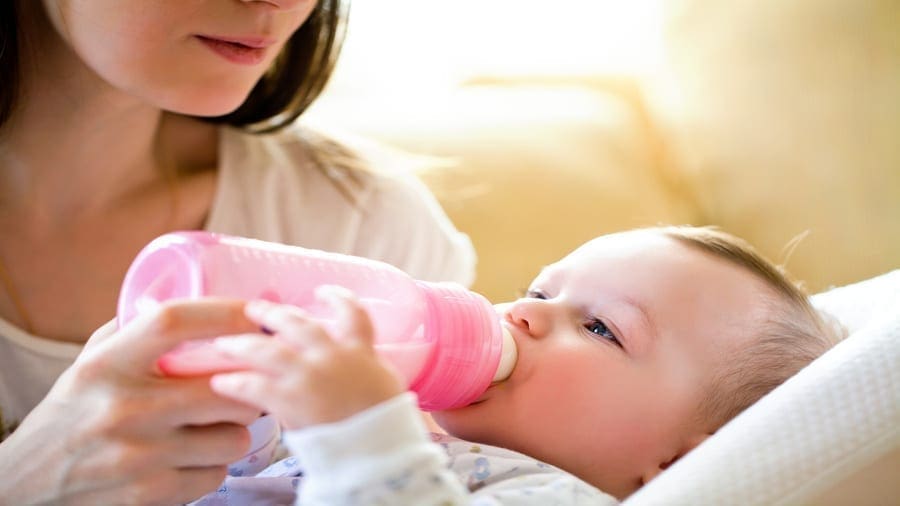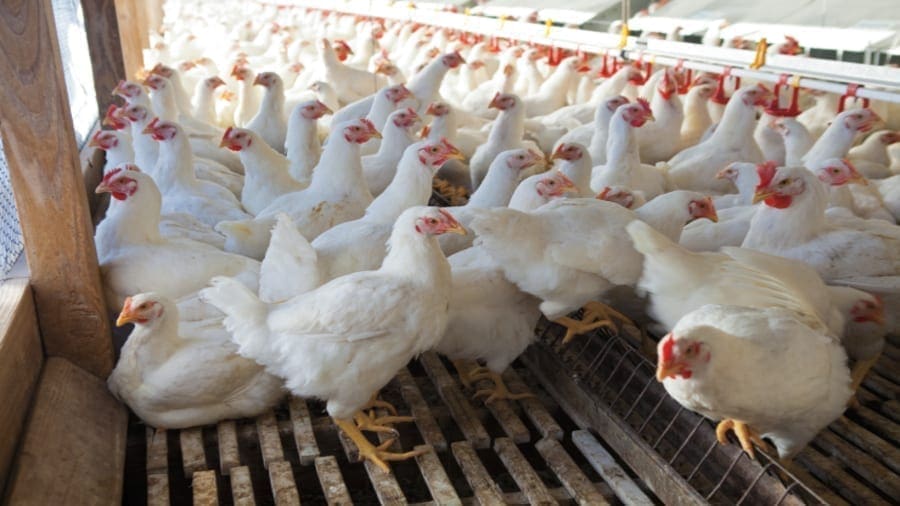USA – The US Food and Drug Administration (FDA) has issued guidance on preparation of Food Contact Notifications (FCNs) for food contact substances that will come into contact with infant formula and/or human (breast) milk.
The guidance includes evaluation of the safety of all packaging materials used in infant formula packaging, such as baby bottles, bottle inserts, nipples and other products.
According to FDA, infants, who are typically fed infant formula or human milk to up to 6 months can be more susceptible to the possible health effects of chemical substances that may be released from the packaging.
In its recommendation, the FDA says that manufacturers or suppliers may submit migration data obtained with food simulants that reproduce the nature and amount of migration of the FCS into food.
The submitted migration data should reflect the most severe temperature/time conditions to which the food-contact article containing the FCS will be exposed.
Test protocols recommend the use of 10% ethanol as a food simulant for aqueous and acidic foods including milk products identified as oil-in-water emulsions.
The agency said it also considers 50% ethanol as a generally accepted
simulant for non-dairy based infant formulas, such as soy-based infant formulas.
In the United States, liquid formula (both concentrate and ready-to-feed) is primarily packaged in plastic containers or polymer-coated metal cans and is frequently intended to be thermally treated by the manufacturer in the container.
Polymer-coated metal cans are heat-sterilized or retorted under transient temperatures (121 ºC (250 ºF)), while plastic containers are subjected to alternative treatment.
For powdered milk, it can be packaged in paper aluminum foil composite cans or plastic tubs and is not intended to be thermally processed or retorted in the container.
Since baby bottles are usually intended for repeated use, some thermal treatment of the human milk or formula in the bottle is recommended.
Manufacturers or suppliers are advised to develop their own safety assessment, and also conduct additional safety testing which may include exposure-based safety tiers, minimum testing recommendations, age development cancer risk analysis of carcinogenic constituents, among others.











Good article, we’re never too safe with foods for infants.
Prefer breast milk over milk powder alternatives.